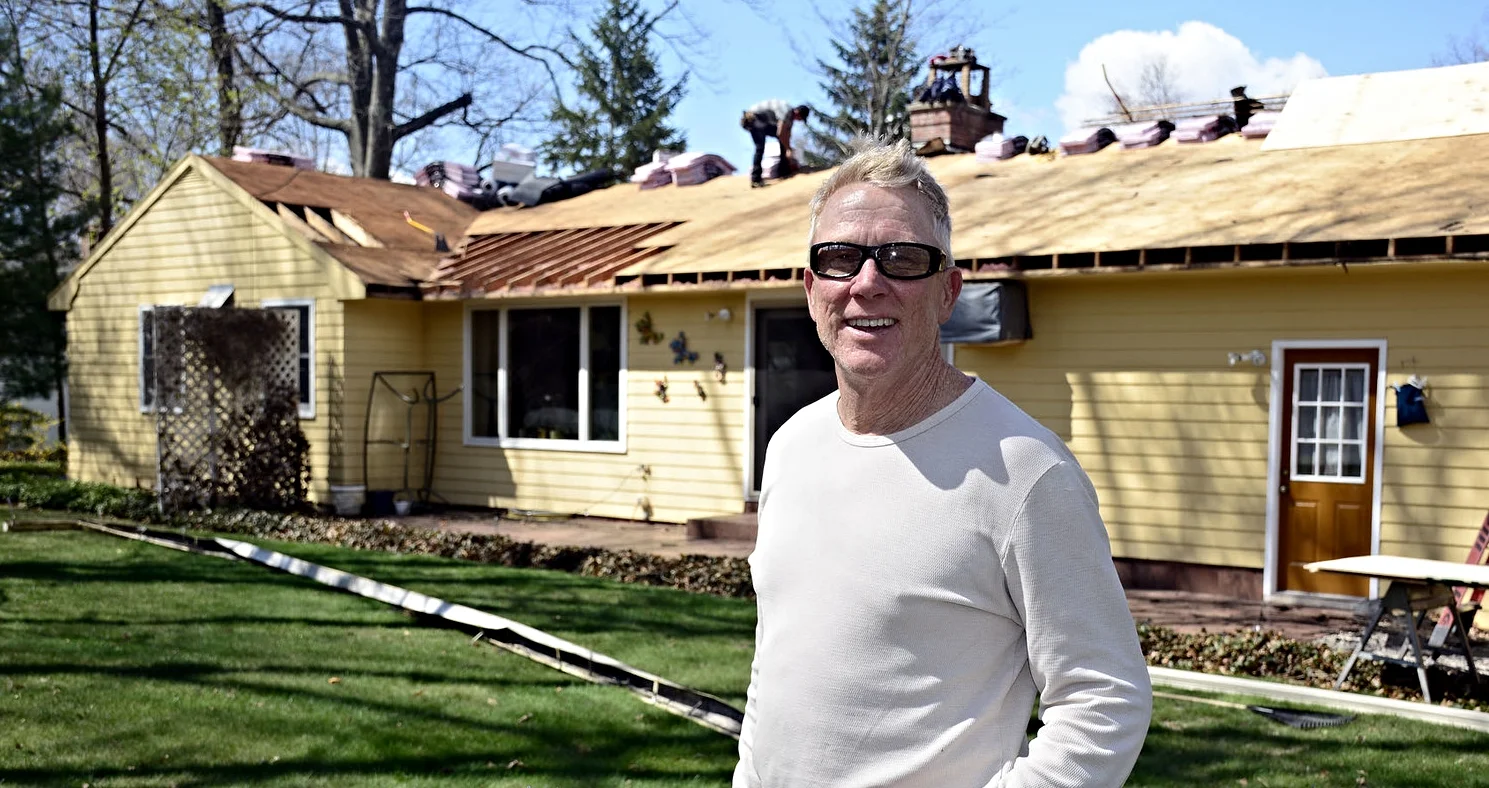Get Your House Ready for Warmer Weather with These Cleaning Tips
Chelsea O'Donnell
A pre-summer cleanup is a dreaded task for many people, but I think it’s a great opportunity to go through your home and look for any small problems or maintenance issues that can cause you headaches in the future. I also use it as a time to sort through closets and storage to donate clothes, sports equipment, and tools that I haven’t used in awhile. But when it comes to cleaning, there are a few places around the house that might get missed in your more regularly scheduled tidying up. Here’s a list to help you tackle this tough project:
Windows: You might give the insides a friendly wipe down all through the year, but cleaning the outside of your windows is a smart job to tackle now, especially if you live near the road or a high traffic area. Getting to second-floor windows might take some work on a ladder, so use caution and take your time.
Wood Floors: If you’re vacuuming and mopping your floors every week, this cleaning routine might be doing them more harm than good. Wood needs to be conditioned in order to help it retain its normal levels of moisture. Nix the wet washing and try applying a wax sealant every few months to keep them looking shiny and new. There are different types of waxes depending on the kind of wood you’re dealing with, so pop into a home improvement store and ask for some advice before tackling the job.
Cabinets: From afar they probably look clean, but they are most likely splattered with cooking oil, tomato sauce, and all those yummy soups and stews you’ve been whipping up all winter. Use a cabinet cream to remove all the built-up gunk while conditioning the wood at the same time.
Countertops: Have you notice stains on your granite? This is a surefire sign that they aren’t sealed properly. When you have them installed, make sure they are treated with a sealant a few times, and then make it a once a year project. If water or liquid forms a bead on the surface of the counter, you’re good to go.
The Grill: If you left your barbecue covered in last summer’s gunk, it’s going to need some TLC before you fire it up. Brew up a few pots of cheap coffee and put it into a large, shallow, plastic tub. Drop your grill grates in for an hour and rinse them clean for a good as new finish. Be careful about putting the grill or a firepit too close to the house, the heat will melt your siding and the accident won’t be covered under warranty.
The Yard: If you haven't started on your lawn yet, it’s time to get going. Dethatching is the first step and it’s probably the most important, so don’t skip it or you’ll be looking at dead grass all season long. Once the lawn is prepped, use a fertilizer to give it the nutrients it needs and then apply a herbicide to stop the weeds. There are several products on the market that combine pre-emergent weed control with fertilizer, which will save you both time and money.
The Roof: I am seeing black stains on roofs all over town. Did you know that it’s algae? In addition to being unsightly, mold and mildew can eat away at asphalt shingles, voiding the warranty and causing potential damage and leaks. Now is a great time to get the roof cleaned which can be done by a professional, or as a DIY project. Cleaning solutions can be picked up at the hardware store, applied using a pump sprayer and rinsed with the garden hose. If you’re not comfortable on a ladder, call a pro to handle the job.
Bob O’Donnell is the owner of O’Donnell Bros. Inc., a Bristol-based home improvement company established in 1975. Email your questions for Bob to info@odonnellbros.com with the subject line “Ask the Pro.” All questions may be considered for publication. To contact Bob for your remodeling needs, call O’Donnell Bros. Inc. at (860) 589-5155 or visit http://www.odonnellbros.com. Advice is for guidance only.
